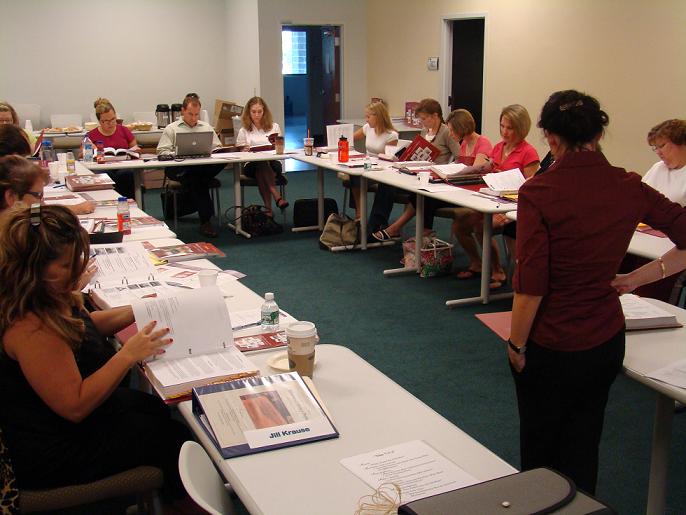|

Assessment
Tips:
1. Start with the "benchmarks" or "End of Cluster
Expectations." What are they asking students to demonstrate?
Build assessments around the benchmarks.
2. Select a piece of "data" (e.g. graph, map, cartoon,
photograph, quote etc.) that can be used as a lead-in to the
prompt. The "data" should not give students the answer
but should be a link to the response that one must analyze to
respond correctly.
Example: Provide students with a graph of the world's population
and ask them to explain possible causes of the trend or trends
that appear on the graph.
3. Develop prompts that require two-step responses i.e. two
parts to the response.
Example: Why is Sam having difficulty selling his hot chocolate?
How might he solve this problem?
4. Ask students to explain their answers, give evidence or
examples, and make predictions in the second part of the prompts.
5. Develop Transfer Tasks - assess students in the context in which you taught as well
as new contexts that require them to transfer their understanding
from the "learning context" to the new, "assessment
context."
Example: If you teach students to differentiate between primary
and secondary sources using documents from World War I, assess
their understanding of the difference using artifacts and/or
documents from the Cold War.
6. Create prompts that allow students to come up with a variety of plausible responses by using phrases such as "how might..." and "why might..." In other words, develop prompts that allow two or more students to come
up with different responses, all of which can earn credit.
Example: How might the writers of the United States Constitution
ensure that the government would not damage the rights stated
in the Declaration of Independence? Support your answer with
evidence.
7. Coach your students to answer every item. Students are not
penalized on the DSTP for guessing incorrectly. Omit rates (i.e.
the number of items students do not answer) are a major cause
of low performance.
Assessment Materials:
External Links:
|